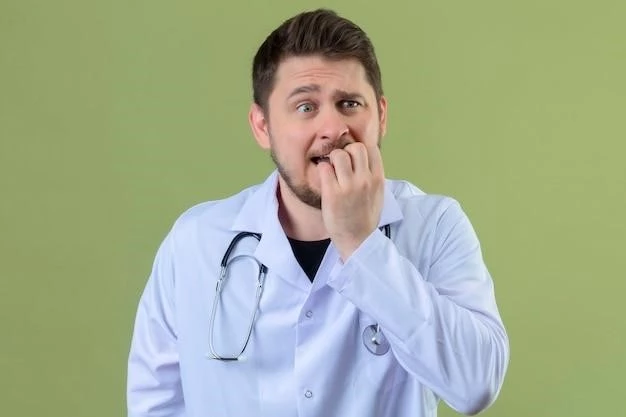Article Plan⁚ Disease ⏤ Yaws
Introduction to Yaws
Yaws is a tropical infectious disease caused by the spirochete bacterium Treponema pallidum pertenue. This neglected disease primarily affects children in poor communities in tropical regions. Characterized by chronic skin infections, yaws can lead to lifelong disability if left untreated. It is crucial to understand the symptoms and treatment options available to prevent the spread and impact of yaws.
Causes and Transmission of Yaws
Yaws is caused by the bacterium Treponema pallidum subspecies pertenue, closely related to the syphilis-causing bacterium. The disease primarily affects children in tropical regions through direct skin-to-skin contact. Poor hygiene and poverty facilitate the spread of yaws, emphasizing the importance of early detection and treatment to prevent long-term complications.
Symptoms and Stages of Yaws
Yaws presents in three stages, with the initial stage characterized by a round, hard swelling on the skin that may develop into an ulcer. If left untreated, the disease can progress to affect the bones and joints, leading to deformities and disabilities. Recognizing the symptoms and stages of yaws is essential for early intervention and effective treatment.
Diagnosis and Treatment of Yaws

Diagnosing yaws involves a physical examination and may include a serologic test to detect antibodies to the bacterium. Treatment consists of a single dose of the antibiotic azithromycin or penicillin to eliminate the infection. Early diagnosis and treatment of yaws are crucial to prevent complications and reduce the spread of the disease in communities.
Prevention and Control of Yaws

Preventing yaws involves promoting good hygiene practices, providing access to clean water, and ensuring early detection and treatment of cases within communities at risk. Health education on the importance of seeking medical care for yaws symptoms and implementing mass treatment campaigns in affected regions can help control and eventually eliminate the disease. Additionally, ongoing surveillance and monitoring are vital to track and prevent the resurgence of yaws in endemic areas.
Global Efforts Towards Yaws Eradication
Efforts to eradicate yaws globally have been underway through targeted programs focused on mass treatment in endemic communities. The goal is to provide widespread access to antibiotics, improve health infrastructures in affected regions, and enhance surveillance to monitor the disease’s prevalence. Collaborative initiatives between governments, health organizations, and communities are crucial to achieve the eradication of yaws and prevent its resurgence.
